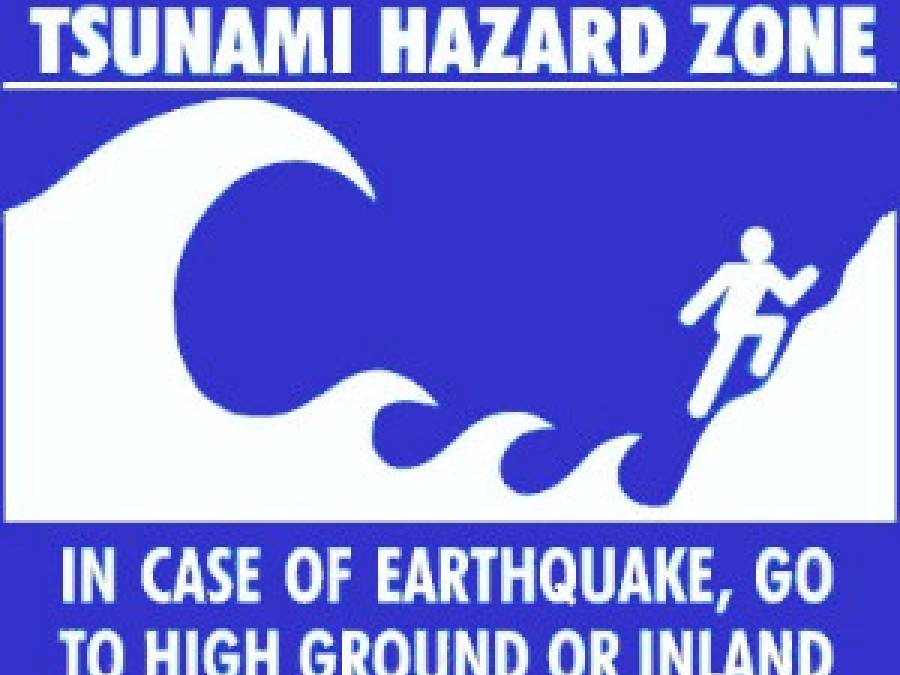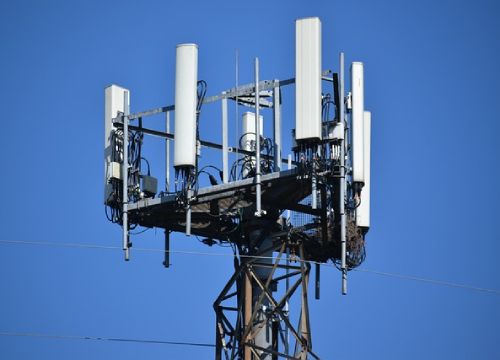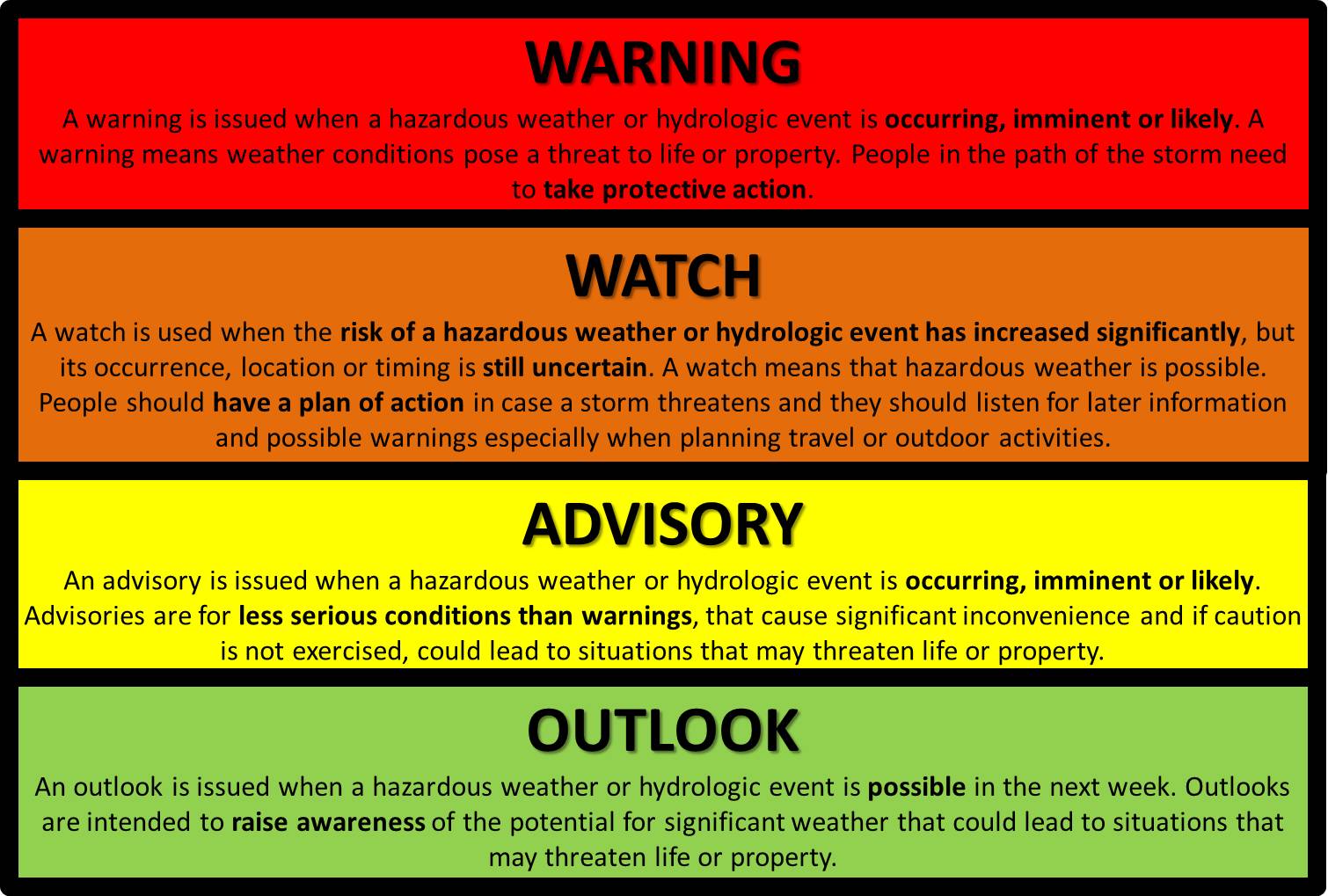Towers have a breadth of individual and cumulative environmental impacts, many of which, such as visual impacts and tree removal, are not properly considered in the FCC’s environmental review processes.
With infrastructure including millions of miles of fiber optic cable and lines, thousands of towers, earth stations and satellites, and hundreds of thousands of small cells, Footnote1 the telecommunications industry leaves a significant environmental footprint: wetlands filled, viewsheds marred, cultural resources damaged, and habitat destroyed. As the agency overseeing telecommunications, the Federal Communications Commission (FCC) regulates radio, TV, satellite, cable, and both wireline and wireless communications—and associated entities like Verizon, AT&T, and broadcast and radio corporations. It also plays a critical role in providing universal broadband and telecommunications access, and authorizing facilities associated with wireline and wireless build-outs. Yet the FCC fails to fulfill its mandatory duties under the National Environmental Policy Act (NEPA) in multiple and significant ways . Footnote2
Like all federal agencies, the FCC must follow environmental laws, including NEPA, which requires it to assess potential environmental effects of its actions before it authorizes, funds, or licenses projects and communications infrastructure. These effects include visual and ecological impacts, and radio frequency emission exceedances, caused by the proliferation of wireless technology and the networks constructed to deploy it. The agency is supposed to follow legal requirements to assess such environmental impacts and, in doing so, to consider the concerns of communities and citizens.
It does neither. For most deployments it authorizes, the FCC rarely completes any environmental review or makes NEPA documents available to the public; instead, with little FCC oversight or enforcement, industry is delegated the task of determining how much environmental review is appropriate for its deployments and in most cases, is not required to submit documentation of those determinations.
In licensing and authorizing facilities associated with telecommunications, broadband, and broadcasting technologies, the FCC intentionally and routinely fails to meet its environmental obligations and epitomizes “regulatory capture.” It treats environmental laws as obstacles to be circumvented or ignored, first by promulgating rules that fall short of what NEPA requires and then by failing to properly implement and enforce its own substandard rules. The chronic failure has cumulative, incalculable, and largely unknown environmental impacts.
Combined with statutory authority that curtails local government authority to regulate or block telecom deployment in their jurisdiction, public and local voices in what is deployed and where are further diminished.Footnote3 Equally important, the agency suppresses and dismisses the voices of communities and citizens concerned about these encroachments. As wireless infrastructure proliferates under the auspices of an agency that flouts federal law, unabated and unaccounted for environmental impacts will only multiply...."
Conclusion: Prospects for a More Accountable FCC
"Clearly, the FCC’s NEPA process falls short of what NEPA and Council on Environmental Quality require.
• It ignores major federal actions requiring environmental review, such as its distribution to industry of billions of dollars that support build-outs for updated wireless service, or improperly deems certain major federal actions nonmajor federal actions to circumvent NEPA.
• Its NEPA rules create an unsupported and overbroad categorical exclusion so that, for example, satellite licensing and submarine cable licensing are excluded from review.
• With little oversight or tracking, it delegates environmental review of NEPA determinations to industry proponents of the project.
• It fails to vigorously enforce its rules so that industry noncompliance is rampant.
• It fails to provide adequate notice and opportunities for public comment.
• It fails to make environmental documents, including radio frequency emissions studies, publicly available or readily accessible.
• It routinely ignores or dismisses public comments and concerns and places an unfair burden of proof on the public when it raises concerns.
These practices serve to facilitate deployment for carriers while ignoring environmental rules and the public. Besides environmental costs, the FCC’s approach bespeaks a lack of transparency and accountability that undermines good governance and erodes democracy. It also bespeaks an agency completely captured by the entities it is tasked with regulating.
Recent Biden-era NEPA implementing rules 60 require agencies to revisit their NEPA rules and procedures by September 2023. 61 They also require that the agencies have the capacity to comply with NEPA, 62 something the FCC has to date lacked. Perhaps when Council on Environmental Quality reviews the FCC’s procedures this time, it will scrutinize the rules more carefully and hold the agency to a higher standard for NEPA compliance."
Erica Rosenberg (2022) Environmental Procedures at the FCC: A Case Study in Corporate Capture, Environment: Science and Policy for Sustainable Development, 64:5-6, 17-27, DOI: 10.1080/00139157.2022.2131190.
Author
An environmental and public lands policy attorney with over 30 years of experience, including in agencies, Congress, and academia, Erica Rosenberg worked at the FCC's Wireless Telecommunications Bureau from 2014 to 2021; for the last six of those years, she was Assistant Chief of the Competition and Infrastructure Policy Division.
To download complete article (pdf): https://www.fcc.gov/ecfs/document/1222046629894/7















